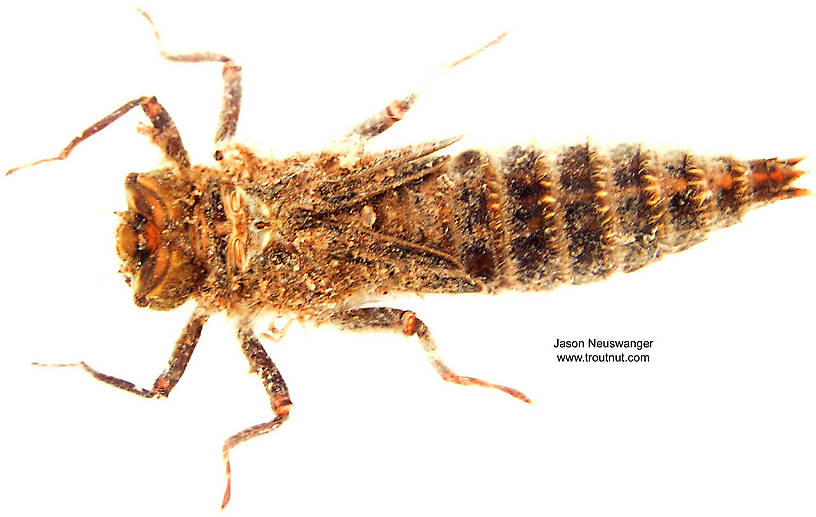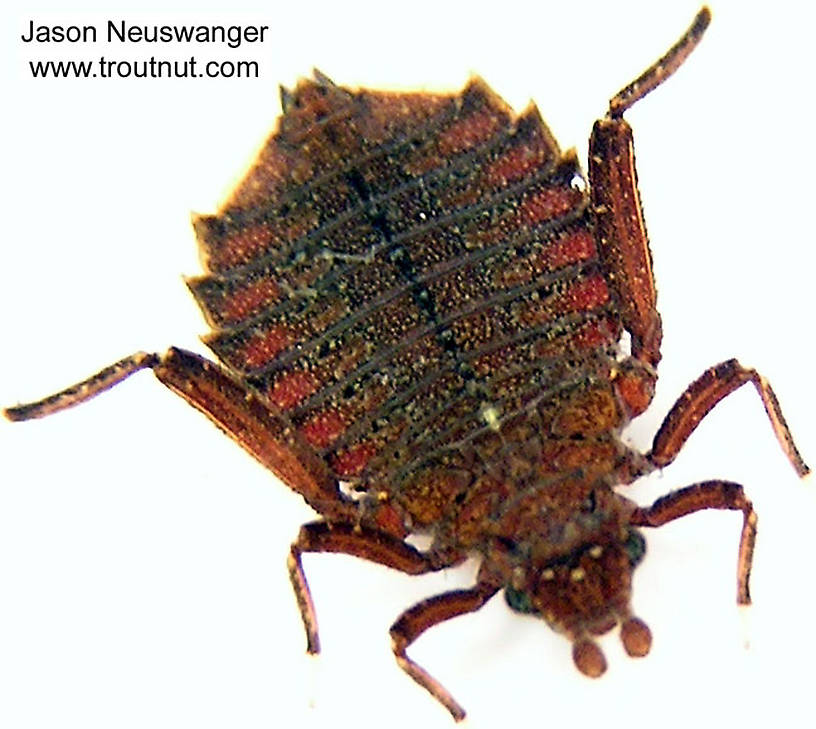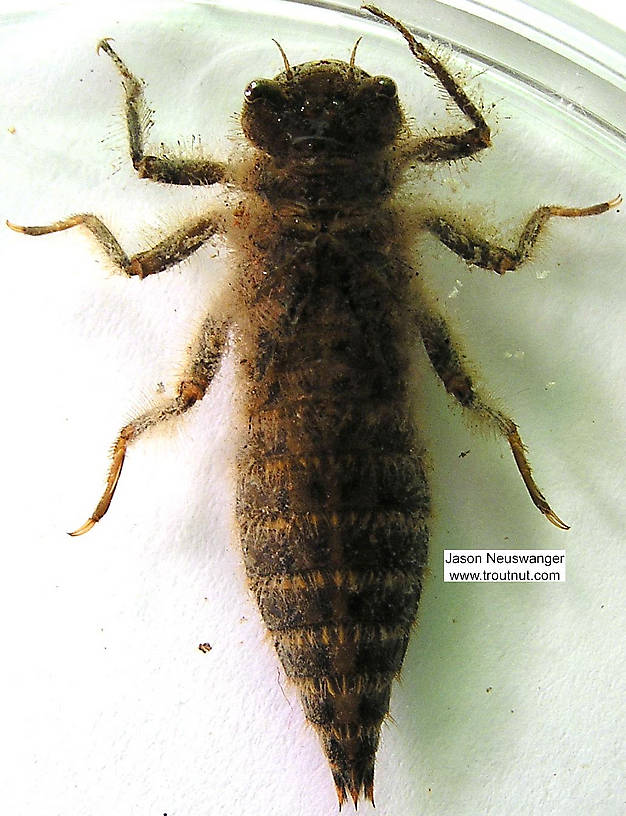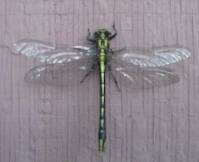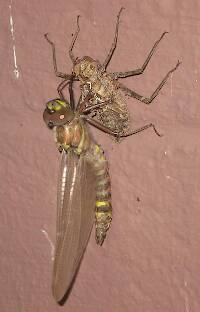
Blue-winged Olives
Baetis
Tiny Baetis mayflies are perhaps the most commonly encountered and imitated by anglers on all American trout streams due to their great abundance, widespread distribution, and trout-friendly emergence habits.
Featured on the forum

This specimen keys to the Epeorus albertae group of species. Of the five species in that group, the two known in Washington state are Epeorus albertae and Epeorus dulciana. Of the two, albertae has been collected in vastly more locations in Washington than dulciana, suggesting it is far more common. On that basis alone I'm tentatively putting this nymph in albertae, with the large caveat that there's no real information to rule out dulciana.

Troutnut is a project started in 2003 by salmonid ecologist Jason "Troutnut" Neuswanger to help anglers and
fly tyers unabashedly embrace the entomological side of the sport. Learn more about Troutnut or
support the project for an enhanced experience here.
This topic is about the Insect Order Odonata-Anisoptera
Dragonflies and damselflies are in the same order, Odonata, but they are taxonomically separated on an obscure level not built into this site, the suborder. Dragonflies are in the rarely mentioned suborder Epiprocta, and within that suborder is the infraorder Anisoptera, the scientific name by which they're best known. None of that will help you catch trout, but it explains what the hyphen in this page's name is all about.Example specimens
DMM
Posts: 34
Posts: 34
DMM on Nov 26, 2006November 26th, 2006, 4:39 pm EST
This goes for all Gomphidae. If the prementum is flat, and the animal has 4 segments in each antenna, and two-segmented fore and middle tarsi, and a ligula with no median cleft--Gomphid. The Corduligastridae have a spoon-shaped prementum and a cleft in the middle of toothlike processes on ligula. Now you'll know whenever you catch more Odonata.
David
Troutnut on Nov 29, 2006November 29th, 2006, 5:50 am EST
Thanks, I'll keep that in mind when I'm collecting new specimens. One of my goals for next spring is to take a lot more photos of dragonflies and other invertebrates outside the "big three" orders of mayflies, stoneflies, and caddisflies.
Jason Neuswanger, Ph.D.
Troutnut and salmonid ecologist
Troutnut and salmonid ecologist
Quick Reply
Related Discussions
Topic
Replies
Last Reply
10
Apr 26, 2012
by Dejackson
by Dejackson
2
May 20, 2007
by Troutnut
by Troutnut
7
Dec 19, 2016
by Clark2016
by Clark2016
11
Apr 7, 2012
by PaulRoberts
by PaulRoberts
8
Aug 23, 2016
by PaulRoberts
by PaulRoberts


